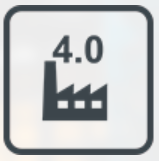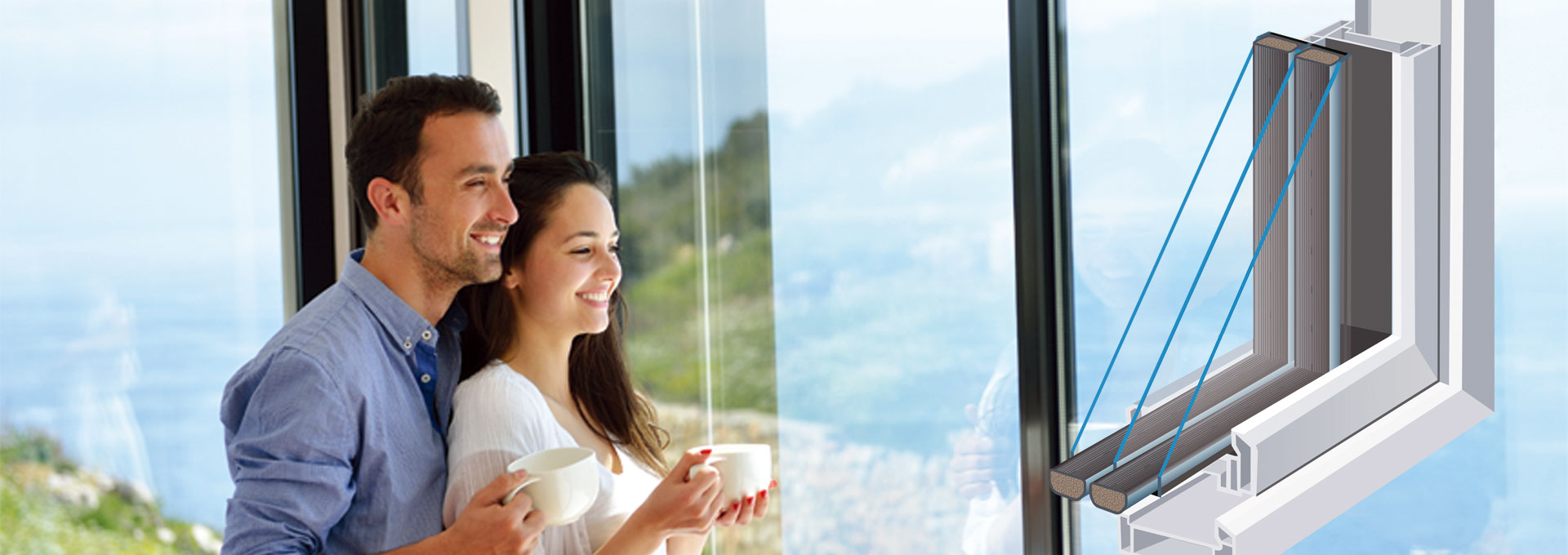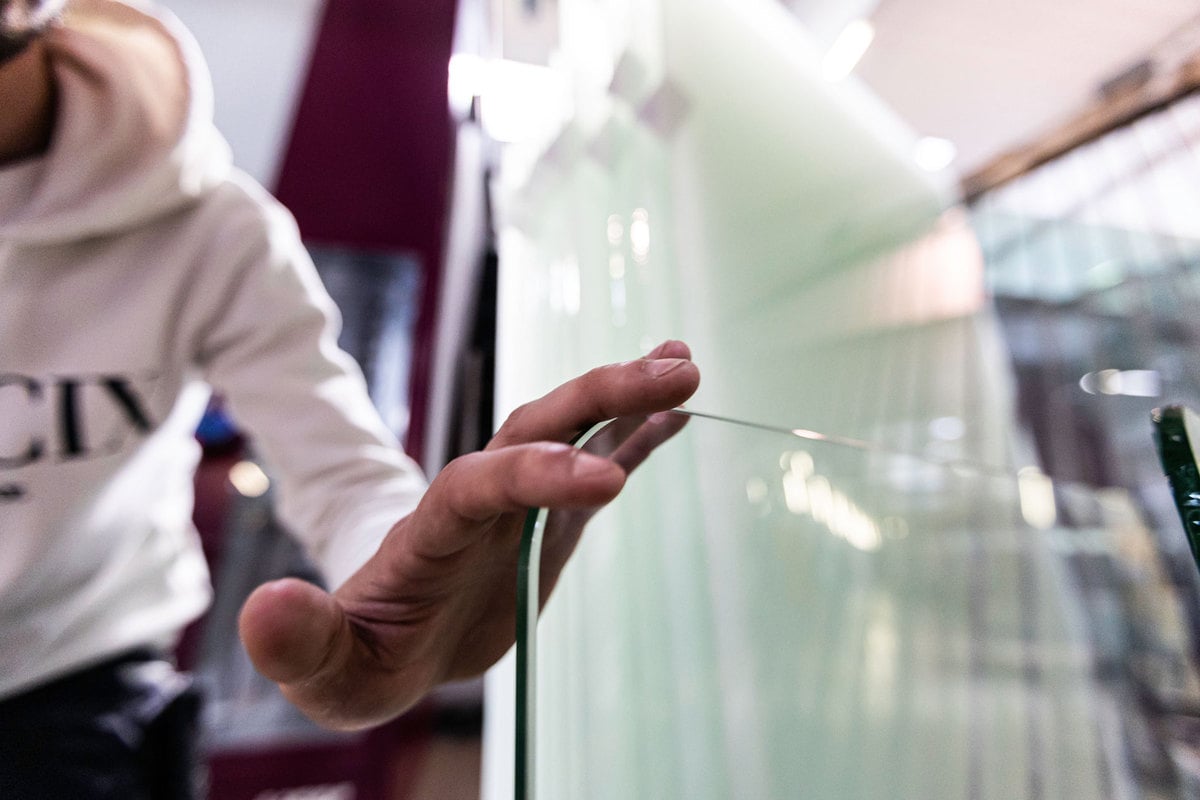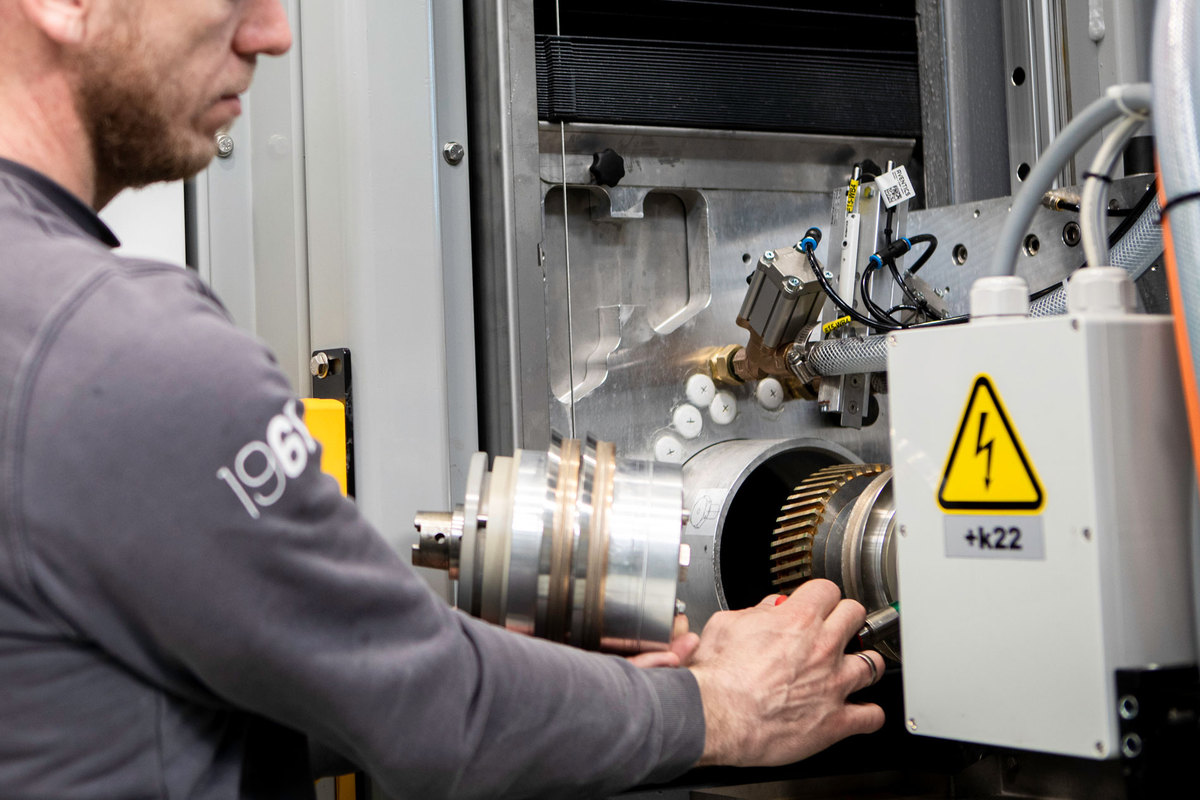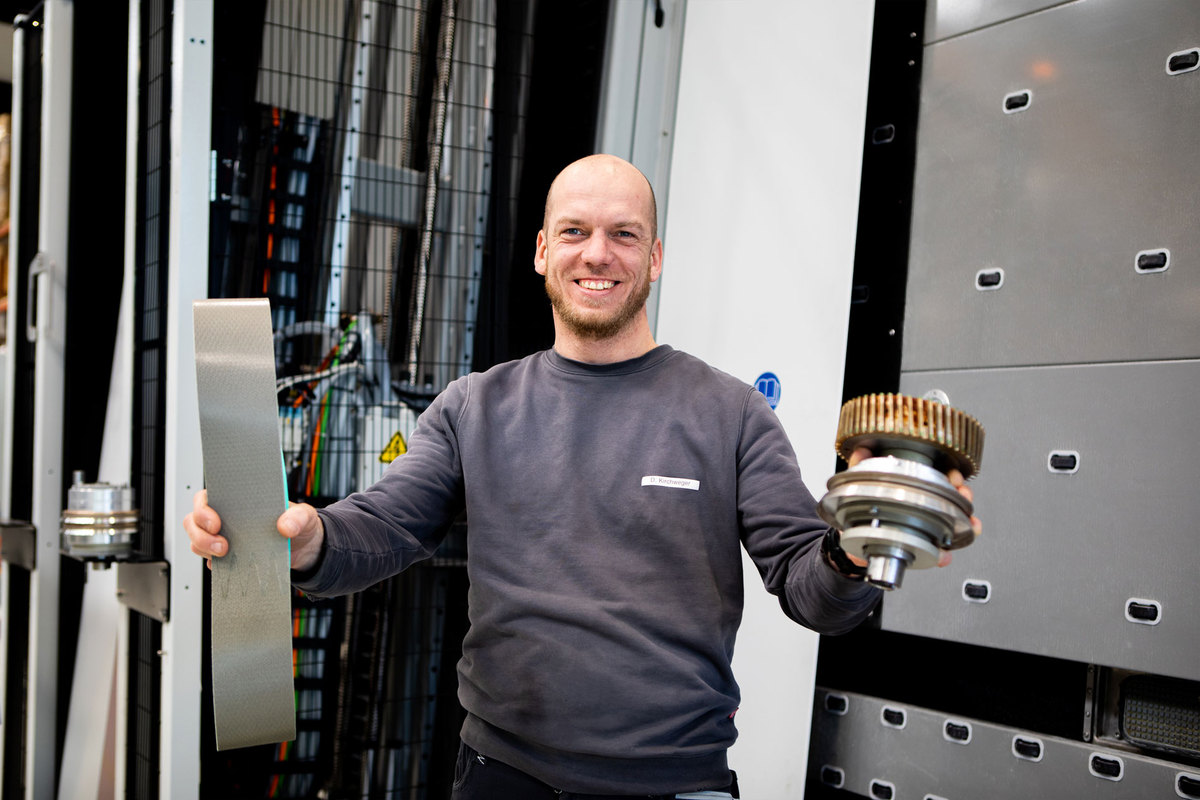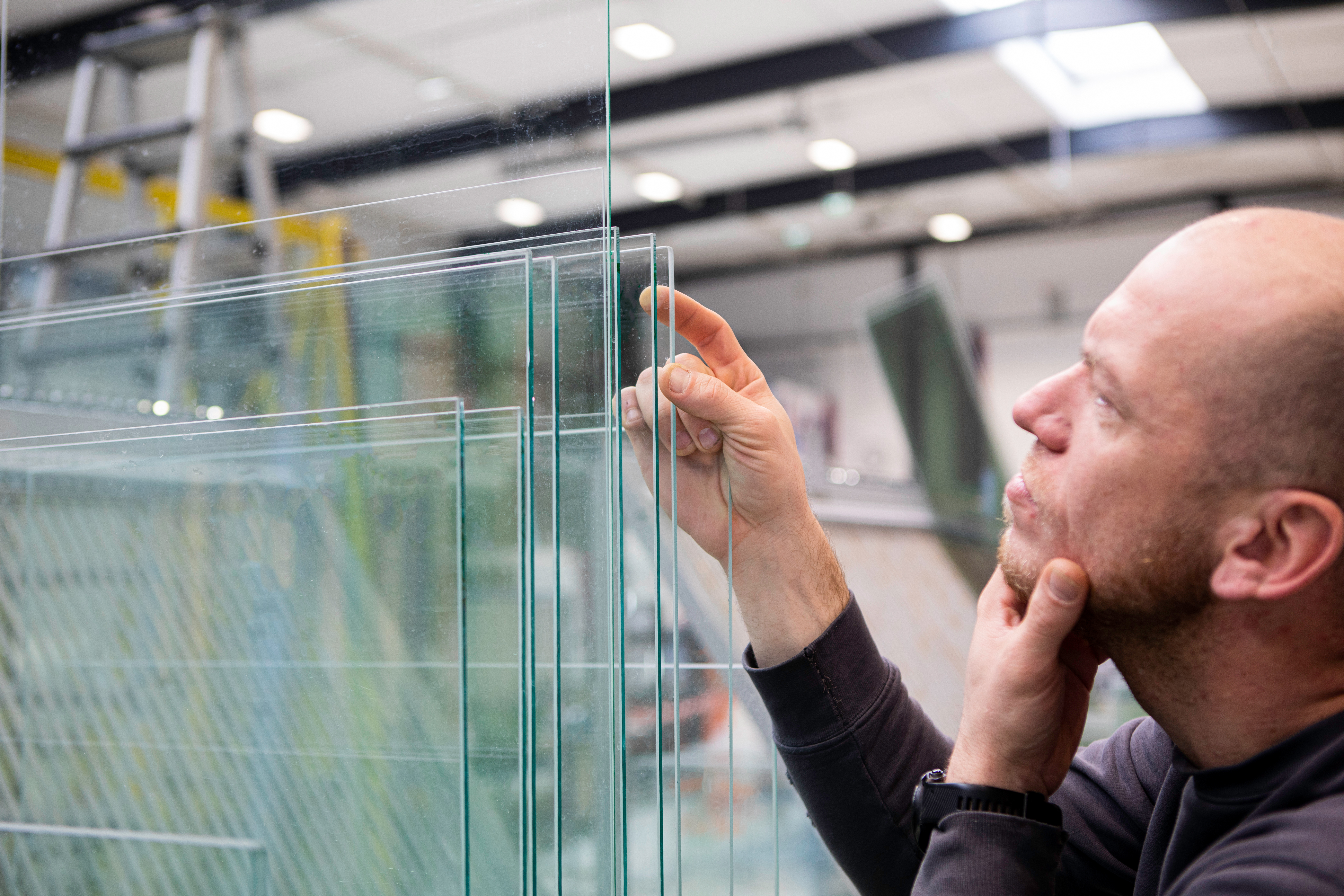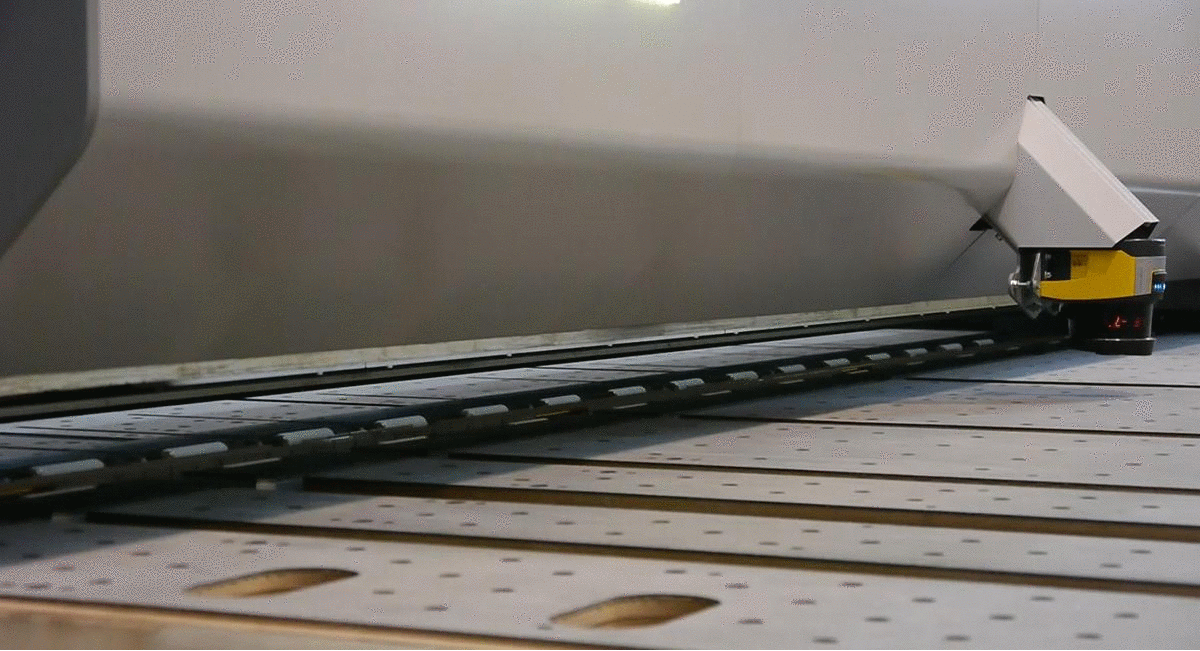Top surface quality thanks to vertical glass edge polishing
Polishing glass edges is the most sensitive task in glass edge processing because it largely involves visible edges, which means that almost no tolerances or errors are admissible. The target: Very high surface quality (matt areas are not permitted here), as well as rapid throughput times and extensive flexibility. Prior to this work step, the edge must be ground to the requisite dimensions. Rough and fine grinding take place initially with peripheral wheels, followed by polishing with stone peripheral wheels. It is specifically due to this large number of process steps that glass edge polishing is so elaborate and complex. For this reason, glass edge polishing only takes place if the glass components are to be used for decorative purposes or in furniture pieces and furnishings such as glass tables, frameless glass sheets, mirrors, sliding glass walls, display cabinets or display windows.
glass-edge-processing
7 min read














